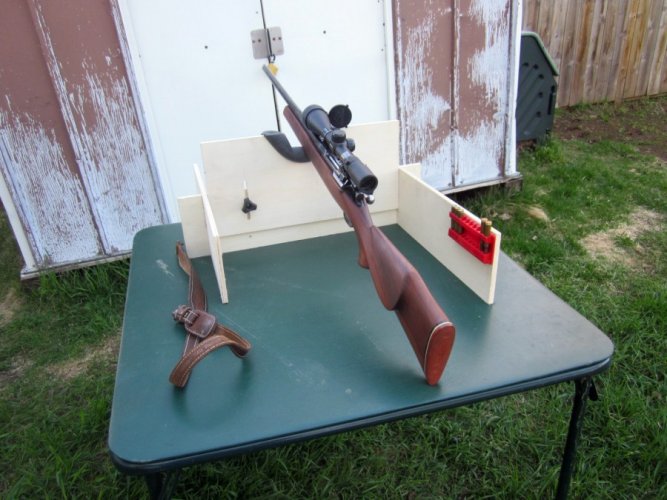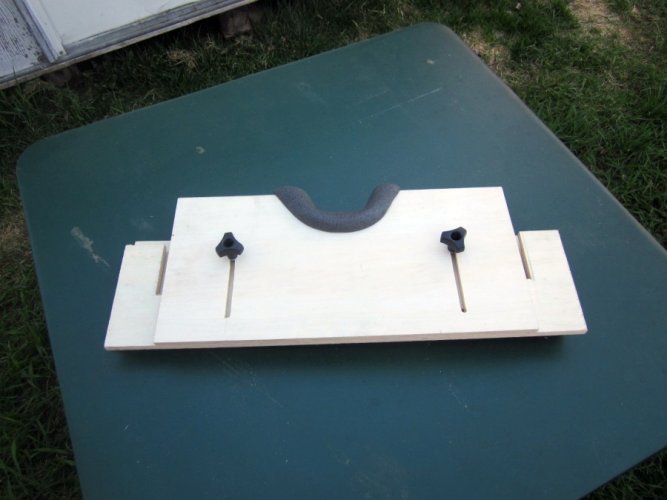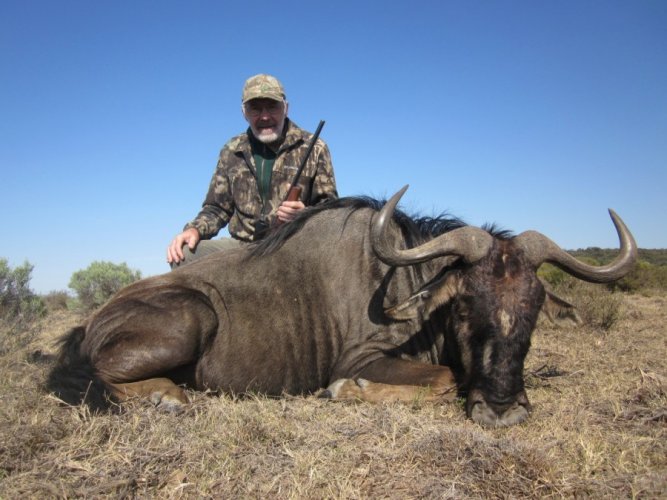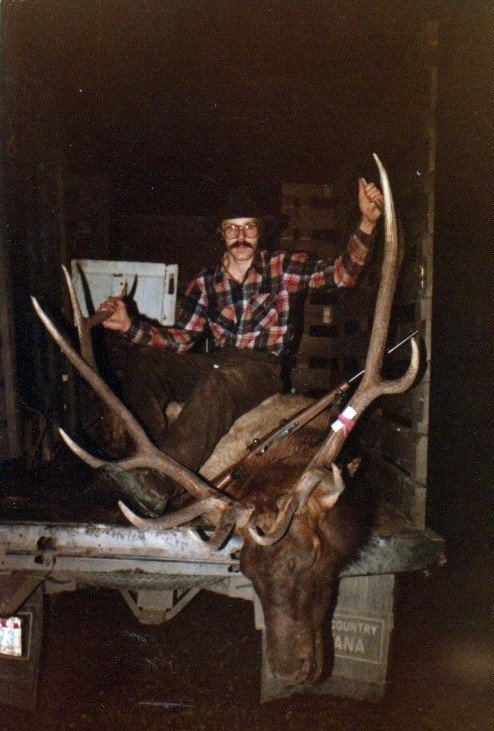Ridgerider
New member
- Joined
- May 16, 2020
- Messages
- 24
I am in the process of sighting in an 7mm rem mag Mauser M18 (about 8lbs total with scope). I have seen some barrel jump (high impacts from various ammo) from the bench with my current gun vise. I recently decided to purchase a front rest Caldwell Rock Deluxe Front Rest Adjustable stand and will use a rear squeeze bag to see about minimizing the barrel jumps, and allowing the rifle to have a more free flowing recoil. Anyway, my question is, when shooting 300 win mag, 7mm rem mag, and other heavier recoiling rifles, should the shooter press down on the scope rings to reduce the barrel jump or hold the stock down to reduce the barrel from jumping? Curious on what people recommend for this. I never have anything in contact with the barrel itself. But I have seen many videos of people sighting in or shooting and their non trigger hand just helps to support the rear bag and does not hold or press the rifle down in any way... Thanks for your input!








